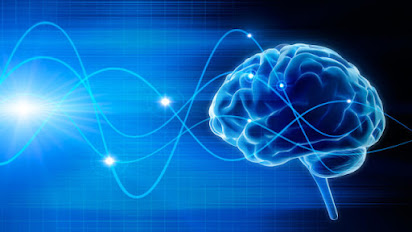

Biocomputers meet at the intersection of biology and computer science, where their circuits and components areformed from biological molecules or structures.
“Most studies focus on engineering DNA, genes, or proteins to create data storage or perform simple operations, such as addition, subtraction, multiplication, division, and logic operations,” explained Zorlutuna. “Only a few studies have aimed to solve computing problems using bio-inspired computing systems. However, most of them are based on simulations and have not yet been applied in reality.”
The team’s biocomputer is based on an oscillator system, which are mechanical or electrical devices that operate on the principles of oscillation. Our brains, computers, clocks, and radios all use oscillators, which carry out their operations based on the periodic fluctuation between two components, such as the repetitive to-and-fro movement of a pendulum clock.
“Oscillatory signals have a very rich information representation, for example, the frequencies of two oscillatory signals and the inequality between them can have various meanings,” said Ji.
This plays a crucial role in how our brain communicates and processes information, allowing it to compute tasks in parallel, while conventional computers must run each step one at a time. “No wonder that for problems that require thousands of steps, the modern computer would take an extremely long time to solve them,” added Ji.
“Most studies focus on engineering DNA, genes, or proteins to create data storage or perform simple operations, such as addition, subtraction, multiplication, division, and logic operations,” explained Zorlutuna. “Only a few studies have aimed to solve computing problems using bio-inspired computing systems. However, most of them are based on simulations and have not yet been applied in reality.”
The team’s biocomputer is based on an oscillator system, which are mechanical or electrical devices that operate on the principles of oscillation. Our brains, computers, clocks, and radios all use oscillators, which carry out their operations based on the periodic fluctuation between two components, such as the repetitive to-and-fro movement of a pendulum clock.
“Oscillatory signals have a very rich information representation, for example, the frequencies of two oscillatory signals and the inequality between them can have various meanings,” said Ji.
This plays a crucial role in how our brain communicates and processes information, allowing it to compute tasks in parallel, while conventional computers must run each step one at a time. “No wonder that for problems that require thousands of steps, the modern computer would take an extremely long time to solve them,” added Ji.




No comments:
Post a Comment